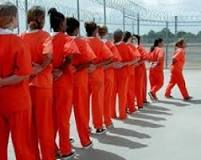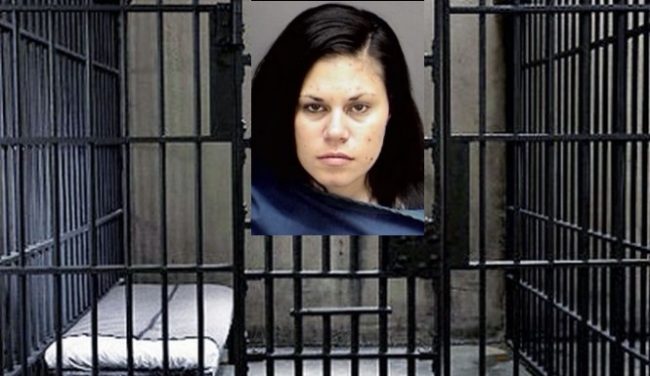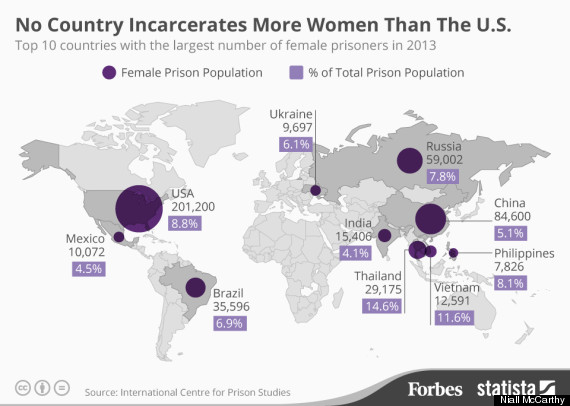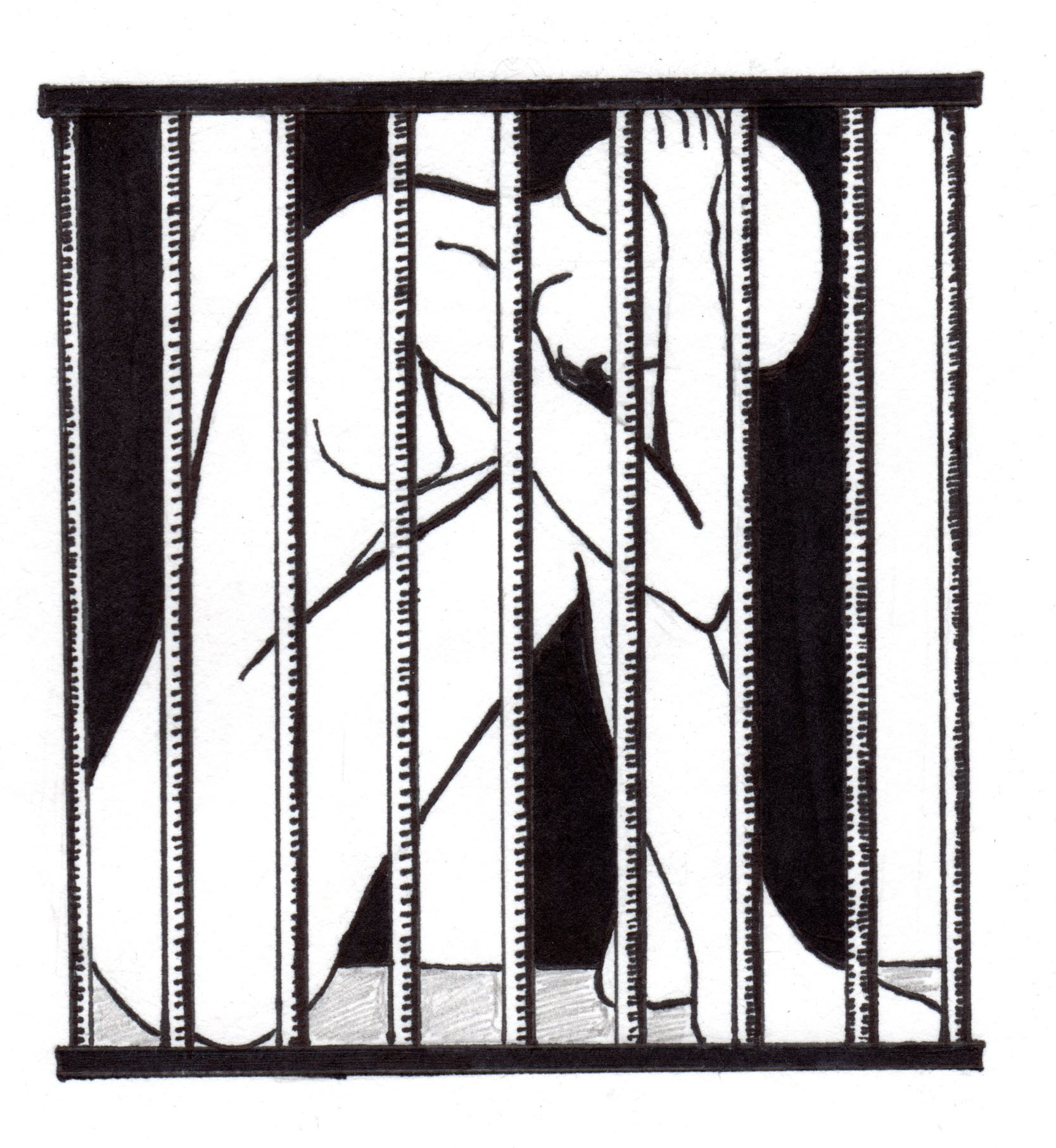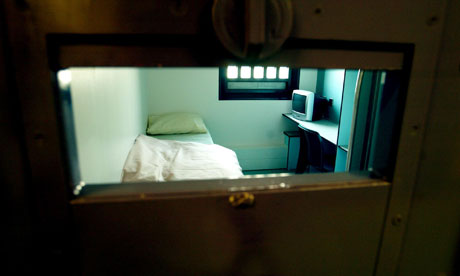Around the world, women of color, Black women, Aboriginal women languish in solitary confinement. Many die there. Their numbers grow incrementally by the day. BobbyLee Worm, an Aboriginal woman prisoner in Canada, refused to become another abject statistic of prison morbidity and mortality.
In 2006, BobbyLee Worm, 19 years old, entered Edmonton Institution for Women. Shortly after, she was moved to Fraser Valley Institution. The Fraser Valley Institution described itself as “a multi-level facility for women … Programs focus on the particular needs of women offenders, including Aboriginal inmates and those with psychological problems or learning disabilities.”
One of these particular programs was called Management Protocol. Established in 2005, Management Protocol was “a special program for handling women prisoners who have been involved in a major violent incident or threat of incident while in the system.” By 2011 seven women prisoners had been on Management Protocol. All seven were Aboriginal women.
Management Protocol was indefinite and unregulated solitary confinement. Twenty- three hours a day for as long as the prison deemed `adequate’ and `necessary.’ How did one leave Management Protocol? One earned one’s way out. To this day, how one earned an exit visa remains a mystery.
BobbyLee Worm entered prison June 7, 2006. She was a first time offender, sentenced to six years, four months. She spent more than three and a half years in solitary confinement: 23 hours a day in a cell 10 by 8 feet, with no meaningful human contact. For months on end. She was 19 years old.
With the British Columbia Civil Liberties Association, or BCCLA, BobbyLee Worm sued the State for violation of her constitutional rights. Two days after the lawsuit was filed, BobbyLee Worm was removed from Management Protocol. Soon after, the Correctional Service of Canada, or CSC, announced it would shut down the Management Protocol program. In May 2013, BobbyLee Worm and the Canadian prison state settled the suit out of court. According to all reports, BobbyLee Worm was pleased with settlement.
This is a story of State investments and of women’s resistance and refusal. Who was BobbyLee Worm? According to her former attorney, “She was a teenage runaway living on the street, she was addicted to drugs, she was a survivor of serious childhood abuse and trauma and suffered from post-traumatic stress disorder and from depression. She had never had the opportunity to have any sort of trauma or abuse counselling, which she desperately needed. And the response of corrections was to subject BobbyLee to one of the harshest and most psychologically damaging punitive measures that they have available to them. And I think BobbyLee’s story is, sadly, not atypical. This happens to hundreds of prisoners across the country every day.”
This happens to hundreds of prisoners across the country every day, and in particular to Aboriginal women and girls.
What was the Management Protocol? For the CSC, it was a major commitment: “When the protocol was designed in 2003, experts advised the CSC that it was illegal. CSC leadership implemented it anyway. In 2008, the Office of the Correctional Investigator recommended that the program be rescinded, and CSC’s own review agreed that the protocol was dysfunctional. But it was only when the BCCLA filed suit that the CSC cancelled it … The law that allowed the management protocol remains on the books.”
The CSC wanted Management Protocol … badly. It wanted cages for young Aboriginal women, especially those desperately in need. Aboriginal women, Black women, women of color who live with that kind of desperate need are told they owe a debt to society, and prison is not enough. They must go into the hole, they must be tortured.
After the settlement was announced, BobbyLee Worm explained, “There were times when I lost all hope. Solitary confinement does one thing. It breaks a person’s will to live. Being locked up like that you feel like you’re losing your mind. The only contact with another human is through a food slot. Days turn into nights and into days and you don’t know if you’ll ever get out.” Debra Worm, BobbyLee’s mother, commented, “As a mother, that’s the worst feeling in the world to know your child is being broken apart but not being able to do anything to save her.”
The British Columbia Civil Liberties Association and the John Howard Society of Canada recently filed a lawsuit challenging the constitutionality of the laws governing solitary confinement. Sunday, March 8, 2015, is International Women’s Day. In 2011, Black women prisoners haunted International Women’s Day. In 2015, they still do. And next year?
(Image Credit: Erin Marie Konsmo, Media Arts Justice and Projects Coordinator, Native Youth Sexual Health Network)
